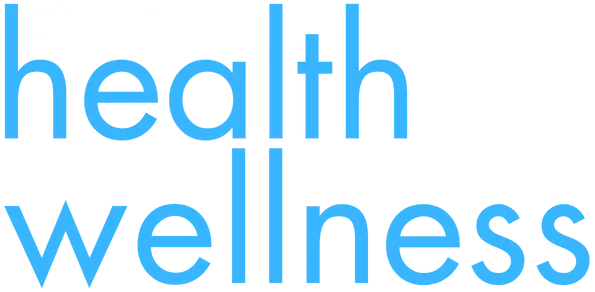

PHYSICAL HEALTH ARTICLES

The Triangle of Awareness and Intuitive Eating
The Triangle of Awareness is a form of mindfulness, a way of paying attention to present moment experiences. Imagine a triangle with its three sides and three corners; each corner of the triangle represents an area of focus: thoughts, feelings/emotions, and physical sensations. In any given moment, taking time to be aware of these three areas can help us distinguish how one area is affecting another. With practice, we can learn to experience the three areas of the triangle as distinct, helping us understand what our true needs are and thus make better decisions in regards to what we choose to eat or not eat.
Thoughts
Our thoughts about food come from rules, standards, or expectations we may have. Thoughts can come from websites, social media, images, and advertising. They can also come from our past experiences with food: our likes or dislikes and our observations about what others around us have done. Thoughts can come from what people have said to us. In any given moment, we can pull from all of the memories and information bopping around in our mind. This can sometimes feel like a jumble of messages that might even contradict themselves, leaving us a bit confused about food choices. At any rate, this process of mindfulness is to simply become aware of what thoughts are moving to the front of our brains and showing up as dominating thoughts.
For example, if you go to lunch with friends and find that your food choices are different than they would have been if you were alone or with someone else, you become aware that your thoughts and food choices are affected by your environment. Whether this is good for you or not may require some further searching. Because being social and eating with others is so important to your overall health, you don’t want to avoid these situations. Being able to align your personal food values and be social at the same time might be something to consider.
One of the biggest trouble makers with eating and thinking is the all-or-nothing mental approach to food that many dieting programs set up. We are either all in the rules or all out. We are either always clean platers or we are not. The all-or-nothing approach in many cases is not in our best interest. It disregards the other two areas of the triangle and may even disregard other standards and facts that are more important than rigid rules.
Feelings and Emotions
Many positive, celebratory emotions are coupled with eating. Birthdays, anniversaries, holidays, and graduations are all celebrated with family and friends around food. We also mourn together and comfort one another with food as a backdrop. Sometimes, we try to distract from uncomfortable emotions using food, seeking to self-soothe with “comfort foods.” Most everyone at one time or another is going to experience all of these situations. The questions to consider here are what kinds of foods are being eaten and how often are these moments taking place. Then you can compare your answers to your health goals and determine if your approach is balanced.
Physical Sensations
This point of the triangle refers to physical sensations like hunger, fullness, thirst, fatigue, a sugar high, or a sugar crash. Physical sensations can also be cravings that stem from habits or learned behaviors. An awareness of these sensations can take time and practice. Why is this important? It acknowledges that we are all different, unique beings. Approaching a celebration or dinner gathering while trying to be exactly like everyone else in attendance would be incorrect since each person there would have eaten different amounts and types of food earlier in the day and would have been more or less active than the others in the room. Each person’s needs are different. In many ways, understanding this can set us free to enjoy meals with family and friends even more.
Putting it all together

So, how can we use this information effectively? To begin, start on an awareness journey. In a given moment, try to become aware of physical sensations and what these indicate. Consider emotions that may be present at the same time. What thoughts come to the forefront of your mind, and where do these come from (habits, images, social media, nutrition information)?
For some individuals, strong emotions can cause a strange “knot” in the stomach. Maybe feeling nervous or anxious leaves them with a strong aversion to food. For a certain number in the population who already struggle with a sensitive stomach, these emotions can make things much worse. It can even mask the physical sensations of hunger. By using the very intelligent, thinking brain, this person would know they still need food and water even if feelings and sensations are saying otherwise. Having a small meal anyway is likely needed.
Often getting better information for your mind to consider can help you understand your emotions and sensations. An individual feeling depressed with decreased levels of energy may do all they can to get enough sleep, eat balanced meals, and exercise. A visit to a doctor may help provide some lab data that sheds light on their fatigue. This new information clarifies needs that emotional and physical awareness and the best online research was not able to address.
As a parent, understanding the Triangle of Awareness can help you guide your children into making better choices. Most mothers know that a crying infant can mean that a couple of basic needs aren’t being met: thirst, food, or sleep. A toddler who skipped a nap is likely more emotionally sensitive. A fatigued child coming home from school and craving sweets could lead to some questions in these areas that may help a parent and a child become aware of unmet needs. Teens moving through adolescence can be guided using these areas to help them develop into better adults.
The situations and possibilities of understanding ourselves are varied and endless. For more information and resources on intuitive eating and the triangle of awareness, visit my website: anneliesnewmanrdn.com.
